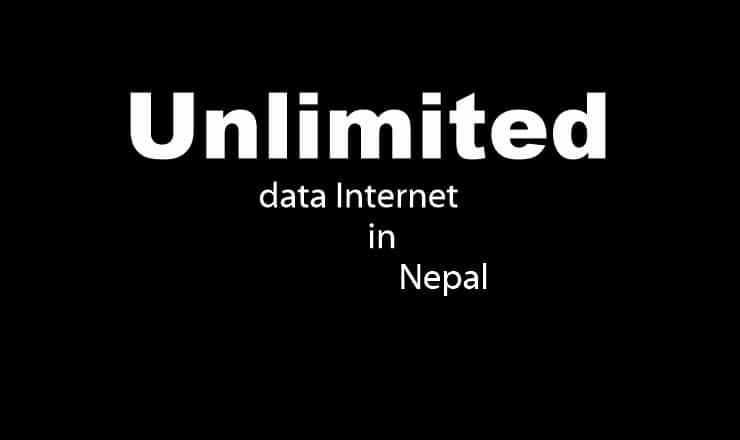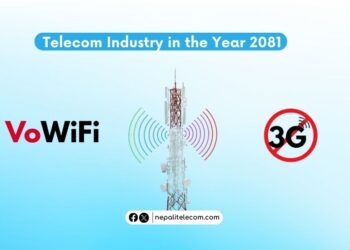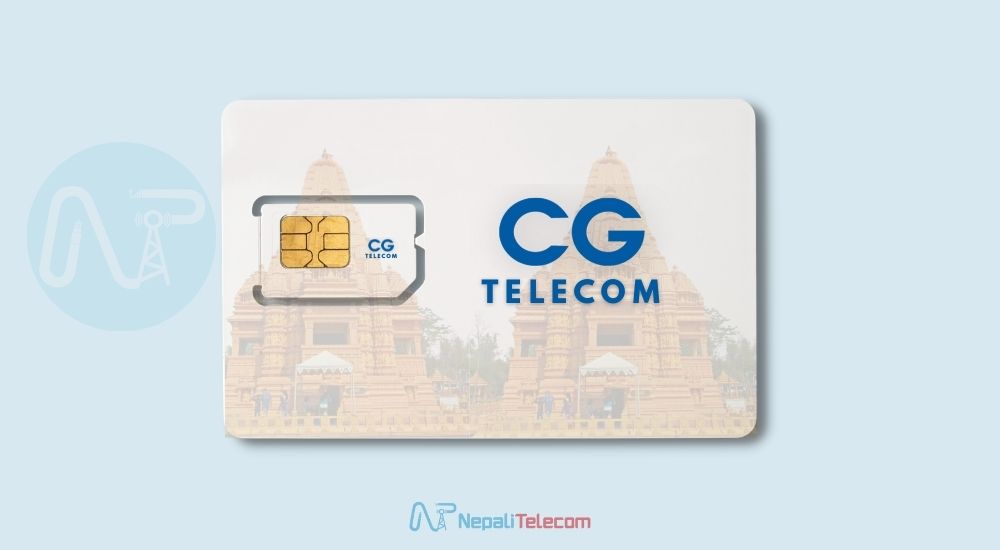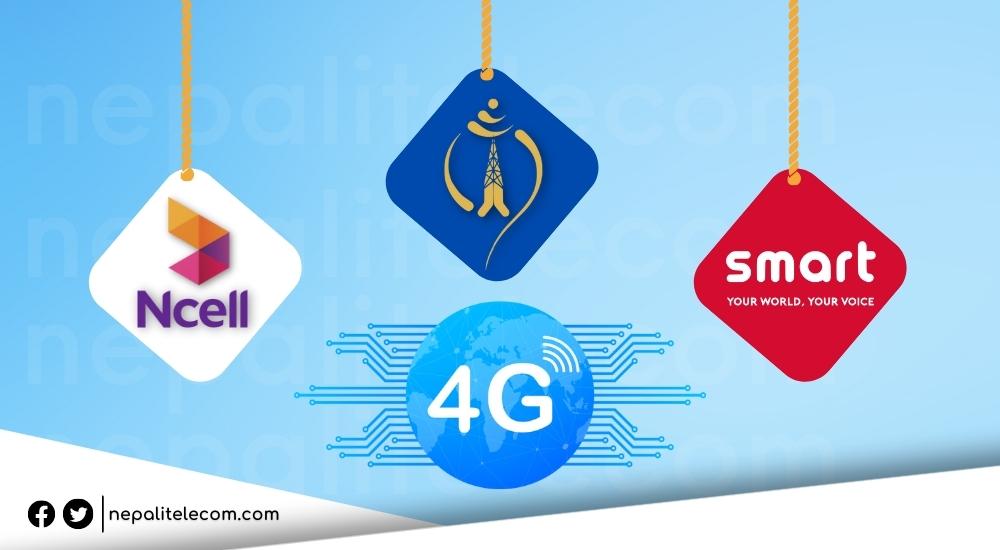It is obvious that everyone wants to use unlimited data. Nobody wants their mobile phone to stop in the middle of YouTube videos or during movie streaming. Everybody loves to browse content and video chat with their loved ones without checking their data time and again. However, ever since the data revolution began in Nepal, none of the incumbent telecom operators have ever provided us with truly unlimited data. This post, we are analyzing the reasons for no true unlimited wireless internet data in Nepal.
There have been instances where some of the operators have indulged in providing unlimited data but with certain limitations. Ncell has been providing unlimited data with certain limitations. It does provide a certain volume of data for a high-speed quota but after that quota, we can’t even browse the smaller websites with the downgraded speed they provide.
Similarly, Smart Cell has been providing unlimited data for the 2G network which is also the burden for the customer to use 2G data in this era. Also, Read more about Smart unlimited data. We can’t even open a web page on that network and nobody has time to wait and watch their sites being loaded.
READ Nepal Telecom Unlimited packs.
Why operators are refraining from introducing truly unlimited 4G in Nepal is an interesting question to analyze. There are certain reasons for the lack of truly unlimited wireless data in Nepal.
1. Spectrum crunch
Nepali telecom operators have operated at some of the least possible spectra. When it came to 3G, most operators were provided just 5 MHz of 2100 MHz spectrum. Compare this to some countries where operators had as much as 20 or 30 MHz of 2100 MHz spectrum to provide 3G and it starts to become clear as to why operators were reluctant to provide unlimited 3G.
If truly unlimited 3G was provided by any of the top two telecom operators, then taking into consideration the population density of Nepal and the low 5 MHz of spectrum, it would have been surely possible that network quality would have significantly deteriorated in certain parts of cities.
Although spectrum crunch was a big issue faced by the country, we must admit that the government has done a fine job in making an extra spectrum available. Technology neutrality licensing is also a big forward step in getting most of the available spectrum.
2. Very poor broadband penetration
This is probably the biggest reason why the unlimited internet isn’t a reality in Nepal. Very few people in the country have fixed broadband connections at their homes. Most just rely on mobile data. Wireless broadband connections will always be constrained by spectrum and the same restriction doesn’t apply to Fixed (wired) broadband networks. The latter has the potential to carry a lot more data than wireless networks. But very few people have subscribed to Fixed broadband connections in Nepal.
There are less than 5 lakhs Fixed broadband connections in the country. Assuming every household has 4 people on average, less than 20 lakh people have access to Fixed broadband in Nepal. Even among the players that provide Fixed broadband connections, most of them focus in cities like Kathmandu, Pokhara, Biratnagar, and other big cities.
3. High population density
Population density plays a crucial role in determining the way telecom operators evolve. There are only a limited number of spectrum bands that telecom operators can use to provide the services. Generally, the type of spectrum band that telecom operators can use is internationally agreed upon at the International Telecommunication Union (ITU).
The problem of congestion at cell sites due to a particular few data-heavy users becomes even more severe in countries with high population density. Already the cell site is servicing more users in high population density areas and owing to this, the probability of people who would use a lot of data for activities such as 4K streaming also increases. This is the reason why most telecom operators in Nepal have shied away from providing truly unlimited data. If they did, a select few heavy users could bring down the network quality for everyone.
4. Business case
Apart from spectrum crunch, high population density, and even poor broadband penetration, Nepali telecom operators have a vested interest in not providing unlimited broadband plans. Data usage is on the growth as of now, it makes sense for operators to tap into this growing data usage and charge people for every additional GB of data they use.
If they start providing truly unlimited data, then they miss the opportunity of being able to charge the higher consumption users even more and fail to monetize the ongoing data growth. As known, Operators make things unlimited only when growth ends.
Is Unlimited Data internet possible in Nepal?
The first thing that’s necessary for unlimited data to be a possibility in Nepal is for fixed broadband networks to develop. Current Fixed broadband speeds and post-Fair Usage Policy (FUP) speeds are simply unacceptable. It requires a big change in the speed of broadband networks and the amount of data allotted so that the Home Wi-Fi network becomes the first choice and the 4G network becomes the second.
As everybody wants to make more profit, these operators are getting too much as no one is daring to move with the truly unlimited plan. If fixed broadband networks are improved, more high-quality public Wi-Fi networks are introduced and telecom operators have a lot of spectrum, then because of competition, the underdogs (newcomer telcos) would feel compelled to introduce unlimited data to differentiate itself from the incumbents.
That’s what happened in the US with T-Mobile and Sprint providing unlimited data, but Verizon and AT&T not providing the same. All in all, truly unlimited data plans are still quite a few years away in Nepal.













